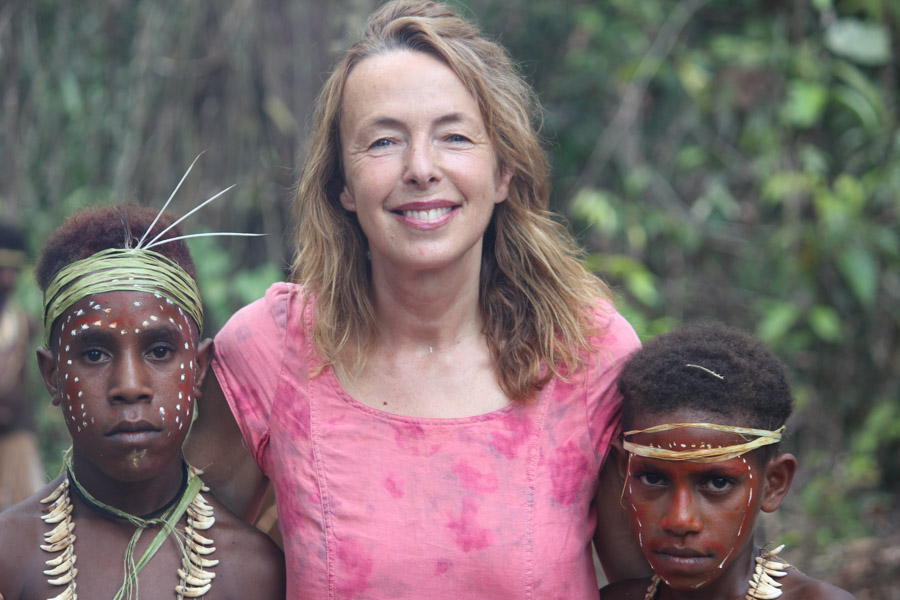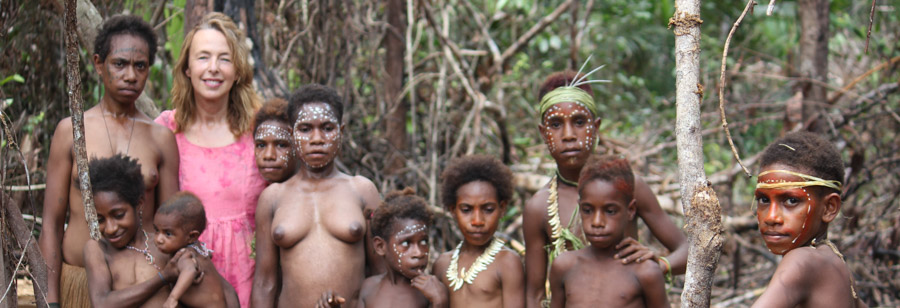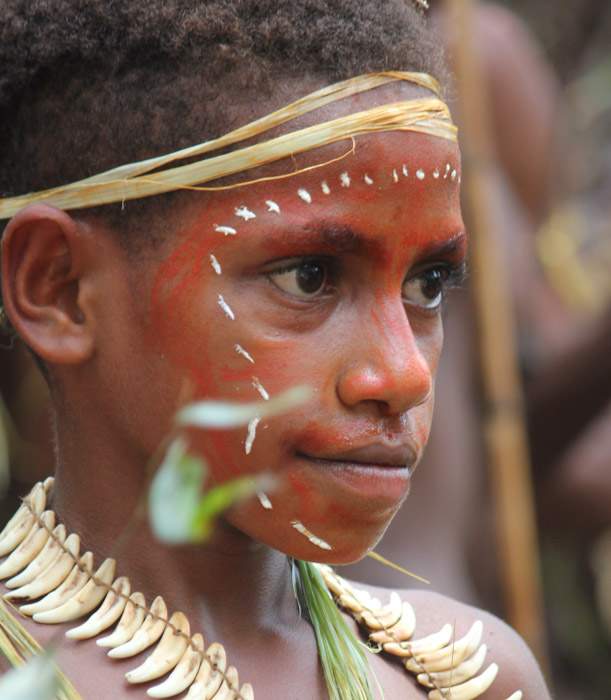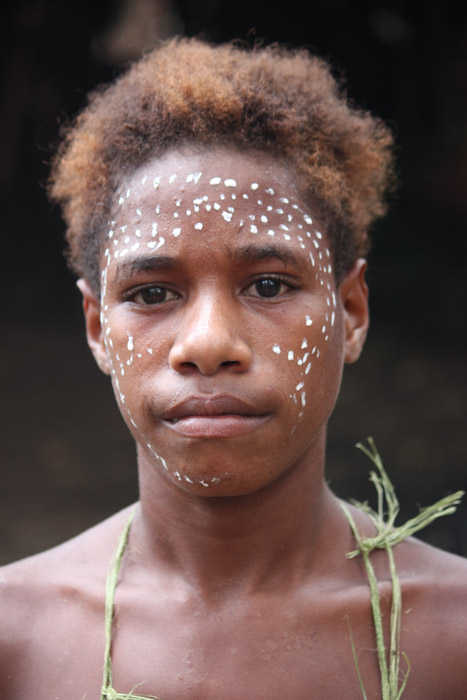2014 Korowai
20th October to 7th November
The inaugural expedition took place from 20 October to 7 November 2014 to the Korowai tribe living in Irian Jaya (West Papua). They were first discovered by a Dutch missionary in 1974. Living in remote jungles, the Korowai were stone-age (they had never seen metal); they still practice cannibalism and live in tree houses up to 30 metres above the ground.

On this expedition myself and Dr Nielsen were present as members of the medical team and were accompanied by the Trustees of Tribal Survival Mr & Mrs Montanaro who had also travelled from the UK to oversee the work being done by the charity with the Korowai people. The logistics of the expedition had been planned in advance with the help of the team on the ground in Papua & the UK including many of the staff who were familiar with the work of the charity based on the previous year’s efforts. Thanks must again go to Eleanor, Andreas & Fenilon for their hard work in organising the itinerary, recruitment of guides and also roles in clinic triage and translation.

This year thirteen days were spent within the Korowai region with six locations chosen for clinic using Yaniruma as a starting point for the expedition and with agreement to see a limited number of patients at the start and end of the trip at the request of local residents.

With limited detailed mapping available of the Korowai region and only approximations of population size and densities, locations were chosen based upon previous knowledge from the past expedition and the guidance of local Korowai as to the areas of need as well as those requesting assistance from the charity. Estimates of population size from existing sources prior to travel suggested a total number of Korowai in the region of 4000 people distributed between village settlements on the ground and traditional tree-houses. As part of this expedition it was hoped to gain a more realistic perspective as to the numbers of Korowai and also to try to ascertain from local guides the number of traditional settlements remaining and to work towards producing a more detailed map of the area for use in the future.




